 I’m always surprised that the beauty of a college is often the number one factor that dazzles my high school students (and their parents) in the search for colleges. I’m dumbfounded every year.
I’m always surprised that the beauty of a college is often the number one factor that dazzles my high school students (and their parents) in the search for colleges. I’m dumbfounded every year.
Even with a tight economy and parents sweating bullets over how they’re going to pay for their children’s college educations, they still get wow’d by college architecture, landscaping, and location. Even when I send them off with a list of things to do, questions to ask, and classes to observe, they still choose their favorite colleges based on superficial aspects.
I’ve noticed oodles of articles about beautiful colleges, and Best Value Schools even has one that boasts “30 Most Beautiful Coastal College Campuses.” While I wouldn’t want my kids going to an ugly college in a dangerous neighborhood, I would still be more interested in the quality of the specific academic departments that my child was interested in and the opportunities offered to them in those programs. Here are some handy tips on how to pick a good college.
When parents spend between $80,000-$225,000 for a bachelor’s degree, I would think they would be checking out their ROI (return on investment). A beautiful campus is really just a sales pitch to lure students (and their parents), to believe that writing those hefty tuition checks is worth it. After all, ya gotta make sure that young Jason has an ocean view room (UC Santa Barbara and Pepperdine University). And we wouldn’t want Jessica to be running laps without a cool ocean breeze, would we? Too much heat is dangerous for snowflakes!
So yeah, I’m CONTINUALLY baffled by parents who judge colleges based more on their physical beauty and less on the professors, departments, and opportunities offered. To continue the book analogy, they’re judging the cover, not the content. To use another analogy, would you buy a car that looked great on the outside, but didn’t have an engine? If your college can’t get you where you want to be, that’s exactly what you’re doing. A lime green Ford Pinto with one orange door won’t look great, but it’ll probably get you where you want to go.
Instead of focusing on the surface layer, I’d dig deep and look at the school’s stats: how many students get jobs in their fields immediately after graduation? Do recruiters (in their chosen majors) actively hire students from this college? What courses can students take in order to obtain a degree and to satisfy graduation requirements?. You might be surprised by the difference between what students actually learn and experience for the same major/degree at different colleges. That’s why many college grads don’t feel equipped to start working in their fields after graduation, and employers prefer applicants with a few years experience under their belts.
So when looking at colleges with your kids this summer, don’t become enamored by million dollar landscape facelifts (Johns Hopkins did a one-million dollar makeover thanks to a generous alum) and delicious food (Washington University serves steak and lobster), but instead check out their academic departments and make decisions based on the opportunities your child will graduate with.
[Source]

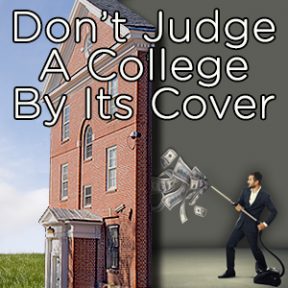
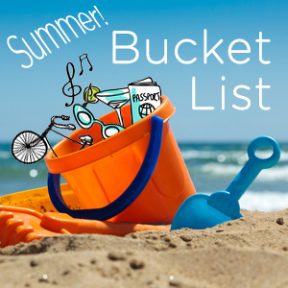
 Can’t believe it’s already mid-July! I love the long days when it’s still sunny out after work and I have time to ride my bike along the beach before sunset.
Can’t believe it’s already mid-July! I love the long days when it’s still sunny out after work and I have time to ride my bike along the beach before sunset. 
 I wish I had a
I wish I had a 
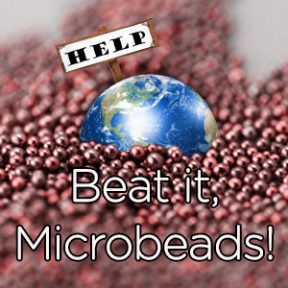
 We don’t need microbeads!
We don’t need microbeads! 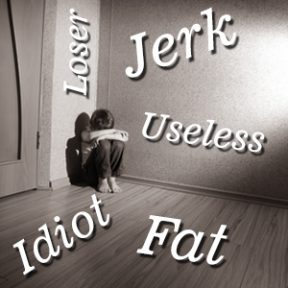
 Be careful what you call your child; they may become exactly what you are calling them.
Be careful what you call your child; they may become exactly what you are calling them.


 If you’ve ever been confused by an emoji, you’re not alone. I know I’ve raised my eyebrows a few times trying to figure out what the writer was trying to communicate. Some emojis are just plain confusing and
If you’ve ever been confused by an emoji, you’re not alone. I know I’ve raised my eyebrows a few times trying to figure out what the writer was trying to communicate. Some emojis are just plain confusing and  I would think that it is a painful, forced smile, but according to the chart, it is supposed to be a super happy smiling emoji. See how confusing this can get? No wonder my friend didn’t respond after I used this!
I would think that it is a painful, forced smile, but according to the chart, it is supposed to be a super happy smiling emoji. See how confusing this can get? No wonder my friend didn’t respond after I used this! I’ve used this one dozens of times to be playful and teasing. But, it means that you’re enjoying something you’re eating. Wow! I don’t stick my tongue out when I’m eating — and if I did, it certainly wouldn’t be to express how good something is… Yuck! But, I don’t know how an emoji can illustrate salivating or eating something delicious. Hmmm.
I’ve used this one dozens of times to be playful and teasing. But, it means that you’re enjoying something you’re eating. Wow! I don’t stick my tongue out when I’m eating — and if I did, it certainly wouldn’t be to express how good something is… Yuck! But, I don’t know how an emoji can illustrate salivating or eating something delicious. Hmmm.
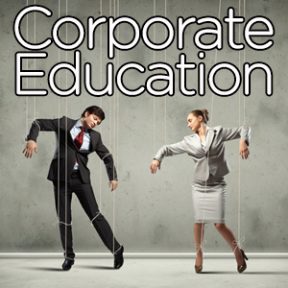
 I’ve always wondered why our education system (K-12) in the United States has been “dumbed down” and
I’ve always wondered why our education system (K-12) in the United States has been “dumbed down” and 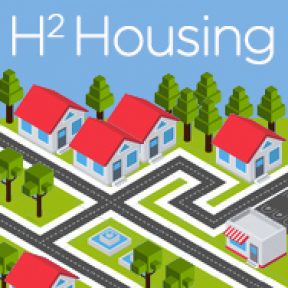
 Yesterday, I introduced an idea to build an intentional, sustainable community at the Santa Cruz Chamber of Commerce meeting and I received a great response! And some applause! The Santa Cruz Sentinel was there and
Yesterday, I introduced an idea to build an intentional, sustainable community at the Santa Cruz Chamber of Commerce meeting and I received a great response! And some applause! The Santa Cruz Sentinel was there and 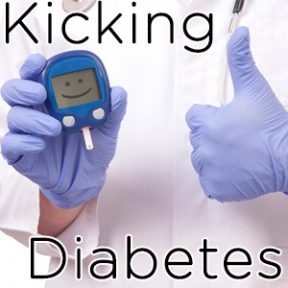
 Three months ago, my doctor told me that I officially passed over the “prediabetes” (impaired fasting blood glucose) level to Type 2 diabetes. Talk about a sobering moment! My blood glucose level (fasting) was 140 (over 125 is considered diabetic). My A1C (3-month average blood-sugar level) was 6.5 (over 6.5 is considered diabetic). I just tipped the scales to becoming a diabetic. SIGH.
Three months ago, my doctor told me that I officially passed over the “prediabetes” (impaired fasting blood glucose) level to Type 2 diabetes. Talk about a sobering moment! My blood glucose level (fasting) was 140 (over 125 is considered diabetic). My A1C (3-month average blood-sugar level) was 6.5 (over 6.5 is considered diabetic). I just tipped the scales to becoming a diabetic. SIGH.